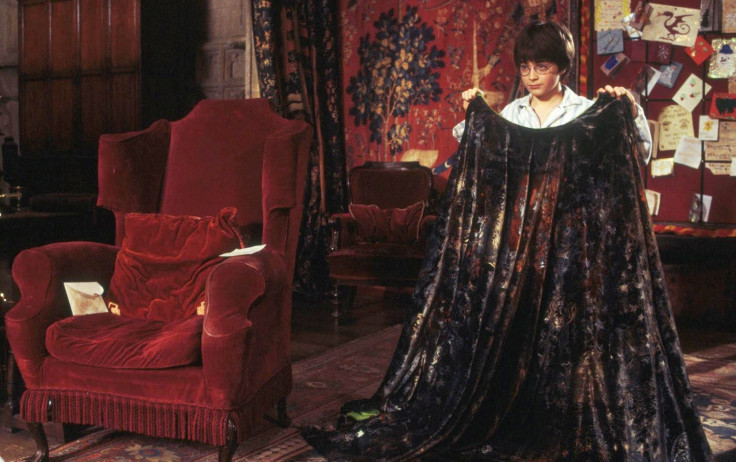Harry Potter's invisibility cloak impossible
Physicists say invisibility cloaks on a human scale are not physically possible at the moment.
Invisibility cloaks like the one seen in Harry Potter will never happen. Physicists have worked out the capabilities of current cloaking technologies on different sized objects to calculate the maximum performance of invisibility devices. And the news is not good.
The researchers from the University of Texas at Austin looked at the bandwidth capabilities of electromagnetic cloaks to create a graph showing the balance between an object being made transparent, and the colour span through which it could be achieved.
Their findings, published in the journal Optica, showed a human-sized object could not be made invisible. "The question is, 'Can we make a passive cloak that makes human-scale objects invisible?' " said Andrea Alù , a leading researcher in cloaking technology. "It turns out that there are stringent constraints in coating an object with a passive material and making it look as if the object were not there, for an arbitrary incoming wave and observation point."
Invisibility cloaks have special properties that can divert an incoming wave to make the object appear to not be there. This is of particular interest to those developing communication antennas and military devices, for example. While cloaking an object can be achieved at specific wavelengths, hiding an object with different wavelengths is more challenging – especially as the object gets larger.

Researchers found they could hide a medium sized antenna from radio waves over broad bandwidths, but hiding it from visible light waves (which are much shorter than radio waves) is essentially impossible. Study author Francesco Monticone said: "We have shown that it will not be possible to drastically suppress the light scattering of a tank or an airplane for visible frequencies with currently available techniques based on passive materials."
While Harry Potter-style invisibility cloaks are a no-go, the authors said there are other ways to make something invisible "Alternatively, we can aim for looser forms of invisibility, as in cloaking devices that introduce phase delays as light is transmitted through, camouflaging techniques, or other optical tricks that give the impression of transparency, without actually reducing the overall scattering of light," Monticone said.
© Copyright IBTimes 2025. All rights reserved.






















